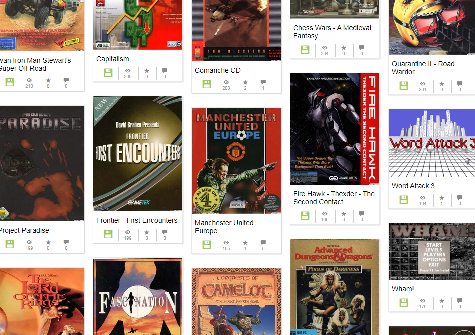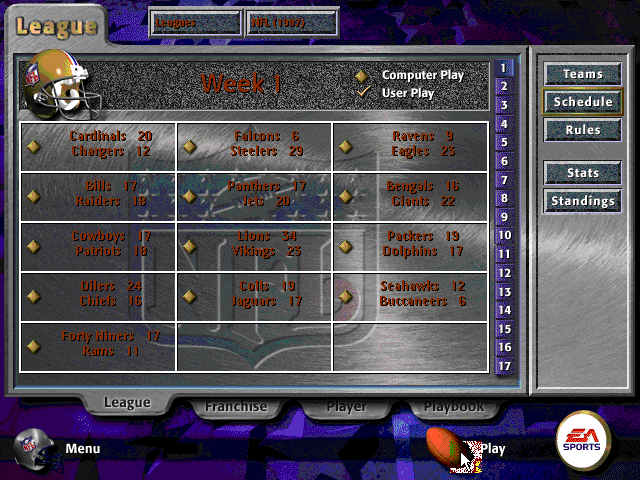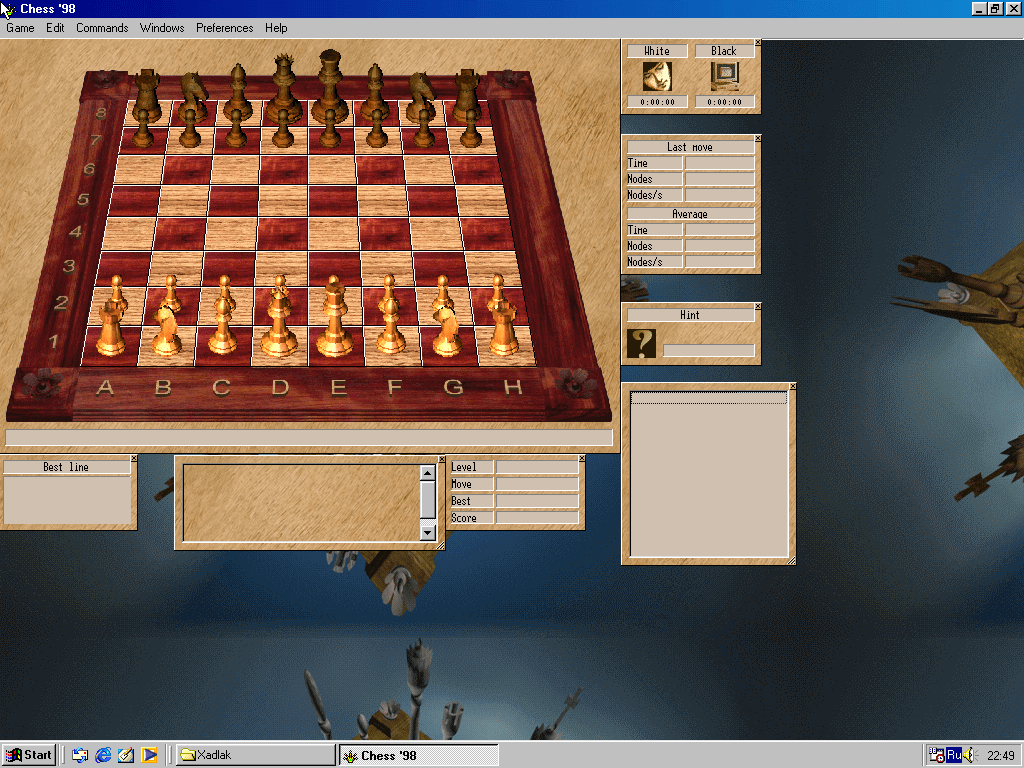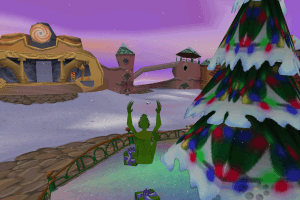

- Win 98 abandonware games drivers#
- Win 98 abandonware games software#
- Win 98 abandonware games Pc#
- Win 98 abandonware games free#

This is obviously the most compatible of all potential solutions, since games were coded to run on this hardware. The first option, and the primary choice of many, is to get hands on a higher-end 486 or lower-end Pentium machine to play DOS games on the games’ native, intended hardware.
Win 98 abandonware games Pc#
Unfortunately, older machines that have managed to escape a dumpster or PC recycler are getting very rare these days, and prices are going up due to increased collectibility. First, I’ll explore the pros and cons of that option. Even with as little as 8MB of RAM, a few hundred MB of hard disk space, and a Sound Blaster 16 you should still be able to play a vast majority of DOS games. If you can get your hands on a cheap 486 DX4 or lower-end Pentium 100 or 133 machine, a physical PC is definitely a viable option. 3DFX cards are very expensive today, and if you can find one that still works, prices range from $70 on the low-end for a bare Voodoo 1 card up through $300 for some of the higher-end cards. Some of these later games did have optional 3D accelerated graphics modes, typically via 3DFX GLIDE or OpenGL compatibility, but although those accelerated modes did make the games look better, they weren’t required for play. Fallout didn’t run well with less than 32MB of RAM. These games require 90Mhz+ CPUs and between 8MB and 16MB of RAM. Some of the most resource-intensive DOS games include Tomb Raider, Quake, the Fallout series, and the Carmageddon series. With an extender like DOS4GW, higher resolutions and color depths can be attained, but the graphics processing power required for those games still rely on the CPU and not on a standalone graphics processor.
Win 98 abandonware games drivers#
Most DOS games are programmed in the native Mode 13h supported by DOS, which requires no special drivers and runs at 320 x 200 with 256 colors. Unlike the 3D accelerator battles from the mid 90s, with companies like 3DFX, nVidia, Diamond, Matrox, all coming out with competing 3D API standards, the vast majority of DOS games don’t require any special video processing at all. In terms of video hardware, there’s really nothing special that’s required in DOS. So much so, that people have created brand new replica AdLib cards for around $60-$80, and from the reviews I’ve seen, they work great.

I had a Sound Blaster 16 back in the day, so I’d be plenty happy with that, but a lot of people prefer AdLib cards.

While Sound Blaster ISA cards are fairly attainable at around $30-$50 today, AdLib cards are very pricey. As a result, only common standards like AdLib, Sound Blaster, and general MIDI compatibility were usually supported in most games. System Requirements for DOS GamesĭOS was a pretty bare-bones environment and didn’t support a unified API for things like graphics and sound, so unique sound cards and video hardware had to be explicitly supported by game developers. Virtualization via an application like VirtualBox or VMware Workstation/Fusion was one option, DOS emulation through an application like DOSBOX seemed to be a very popular option, and native-platform play via a physical PC was also an option. Upon doing some quick research, I found 3 potential options, each of which seemed very viable. MS-DOS is resident in the high memory area.ĭevice=c:\windows\emm386.exe i=b000-b7ff ramĭEVICEHIGH=C:\CDROM\OAKCDROM.After recently seeing a couple of YouTube reviews for DOS games that looked really fun, and that I’ve never played, I decided to look for the best way to play them on modern hardware.
Win 98 abandonware games free#
Largest free upper memory block 20,480 (20K) Largest executable program size 585,440 (572K) Any ideas? I have a 366mhz celeron with 64mb ram running using memory below 1 MB: I'm sending my config.sys & autoexec.bat & mem/c/p screen.


 0 kommentar(er)
0 kommentar(er)
